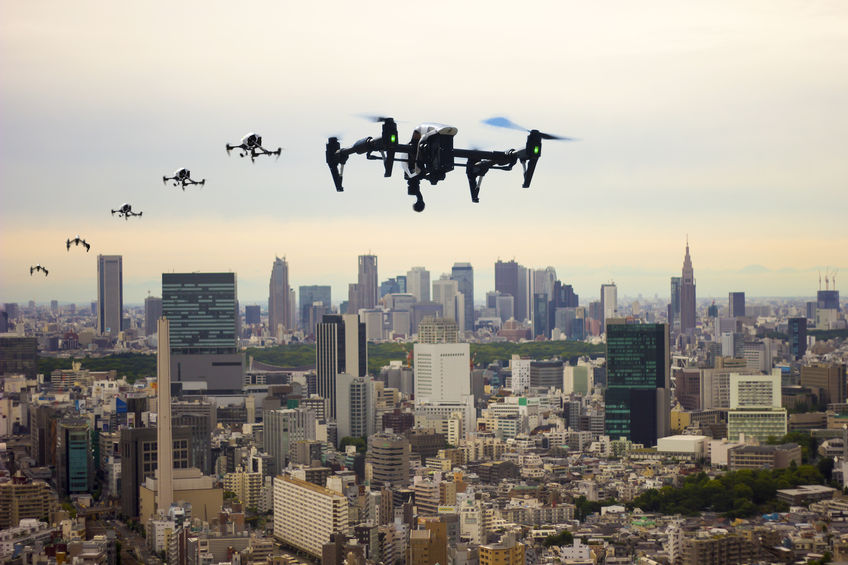Last Christmas, a relative sent my teen son a drone as a gift. It was easily the highlight of his presents under the tree, and he couldn’t wait for it to charge and be usable. The minute it was ready, he took it outside for its maiden flight. But, a mere 15 minutes later, he came running back into the house, tears streaming down his face and hollering that it was “gone.” It had literally taken up and off, over the trees, and hadn’t stopped rising. It had truly disappeared.
As we discovered, after pouring over reviews of the drone he had and even other, more expensive models, this is actually not an uncommon occurrence with consumer-level drone devices. It was mentioned often enough that, despite getting an immediate refund from Amazon (and serious props to them for amazing customer service on Christmas Day!), my son refused to use the money for another one.
Thankfully, commercial drones don’t seem to have the “take off and run” issue. Which is a very good thing, because the practical applications are expanding at a fast clip.
- Could high-flying drones power your home one day? [BBC News] “A growing number of companies believe using tethered kites and drones is a viable way to harness the stronger and more consistent high-altitude winds. Could this tech release wind power’s full potential, or will it always remain a niche solution? “
- Google’s Wing drones approved to make public deliveries in Australia [The Verge] “Wing’s regulatory approval comes with restrictions. Drones will not be allowed to fly over main roads, they will only be allowed to fly between 7am and 8pm on Monday to Friday (or between 8am and 8pm on Sundays), and they will be restricted from flying too close to people. Customers in eligible homes will also be given a safety briefing about interacting with the drones. “
- A drone just flew a kidney to a transplant patient for the first time ever. It won’t be the last [NBC News] ” The 2.8-mile, 10-minute drone flight was the first in the world to deliver an organ — but it almost certainly won’t be the last. Drones, aka unmanned aerial vehicles (UAVs), are now delivering medical supplies in Rwanda and other African nations, as well as in the Pacific island nation of Vanuatu, and experts say organ-delivering medical drones are poised to take off in the United States. “
- The FAA says the commercial drone market could triple in size by 2023 [The Verge] ” The report also examines trends when it comes to what it describes as non-model drones (commercial-focused devices) — of which each device must be registered. For this category, ‘the pace of monthly registration, almost 15,000, is nearly 3-times higher than the pace at which non-model aircraft owners registered their craft during the same time last year.’ The administration says that as of the end of 2018, more than 27,000 non-model drones have been registered. “
From the Ohio Web Library:
- These DRONES Save Lives! ( Young, L. J. (2019). These DRONES Save Lives! Scholastic Math, 39(8), 8. )
- Point: Drones Can Be Used to Perform Dull, Dirty, or Dangerous Functions More Effectively, Safely, Humanely, and Cheaply than Manned Aircraft ( Koh, T. Y. (2019). Point: Drones Can Be Used to Perform Dull, Dirty, or Dangerous Functions More Effectively, Safely, Humanely, and Cheaply than Manned Aircraft. Points of View: Use of Drones, 1 )
- Counterpoint: The Use of Drones Raises Serious Questions about Human Rights, Foreign Policy, and Civil Liberties ( Koh, T. Y. (2019). Counterpoint: The Use of Drones Raises Serious Questions about Human Rights, Foreign Policy, and Civil Liberties. Points of View: Use of Drones, 1 )


